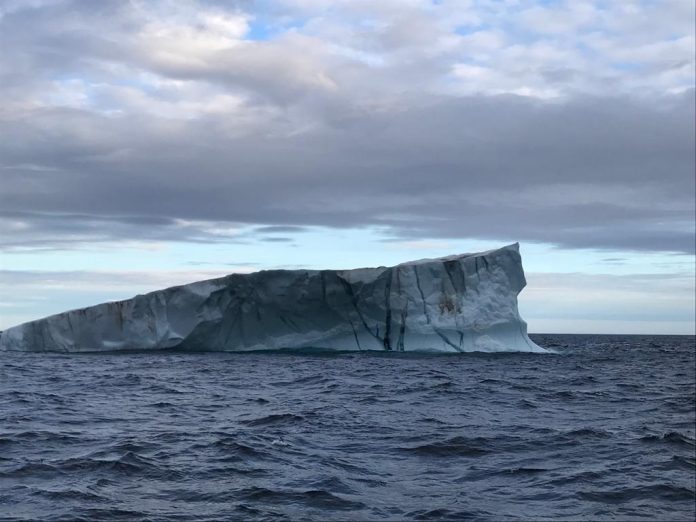by EH
The Arctic Ocean, one of Earth’s least explored frontiers, has just become a little less mysterious. The International Bathymetric Chart of the Arctic Ocean (IBCAO) 5.0, the most detailed map of its kind, was officially released this week, offering an unprecedented glimpse into the ocean’s depths and seabed.
This latest version boasts a groundbreaking resolution of 100 x 100 meters—four times sharper than its predecessor—and covers over 25% of the Arctic Ocean, an area 1.4 million square kilometers larger than previously mapped. For scientists, policymakers, and explorers alike, it is a vital tool to better understand the Arctic’s rapidly changing environment.
Launched in 1997 in Russia and bolstered in 2017 by Japan’s Nippon Foundation-GEBCO-Seabed 2030 initiative, the IBCAO project is part of a global effort to map the entire ocean floor by 2030. The new chart integrates seamlessly with the General Bathymetric Chart of the Ocean (GEBCO), which coordinates these efforts worldwide.
“This is a major breakthrough,” said Michele Rebesco, a researcher at Italy’s National Institute of Oceanography and Experimental Geophysics, who contributed to the project. “We overcame immense challenges, including harsh weather and the persistent sea ice that hinders traditional data collection methods.” Innovations like icebreakers, submarines, and floating research stations made this progress possible.
Yet much of the Arctic remains uncharted, particularly regions north of Greenland and in the Canadian Arctic Archipelago. Researchers are exploring the use of autonomous underwater vehicles equipped with multibeam sonar to navigate under sea ice and close these gaps.
The implications of this mapping are vast. From climate monitoring and navigation to submarine construction and offshore exploration, IBCAO 5.0 provides critical data for addressing the Arctic’s strategic and environmental challenges.
Supported by UNESCO and the International Hydrographic Organization, the map is openly available, ensuring researchers worldwide can access and build upon the data.
As the Arctic faces mounting pressures from climate change and increased human activity, the release of IBCAO 5.0 underscores the importance of international collaboration in understanding and protecting one of the planet’s most fragile ecosystems.
For more details, visit GEBCO.





























